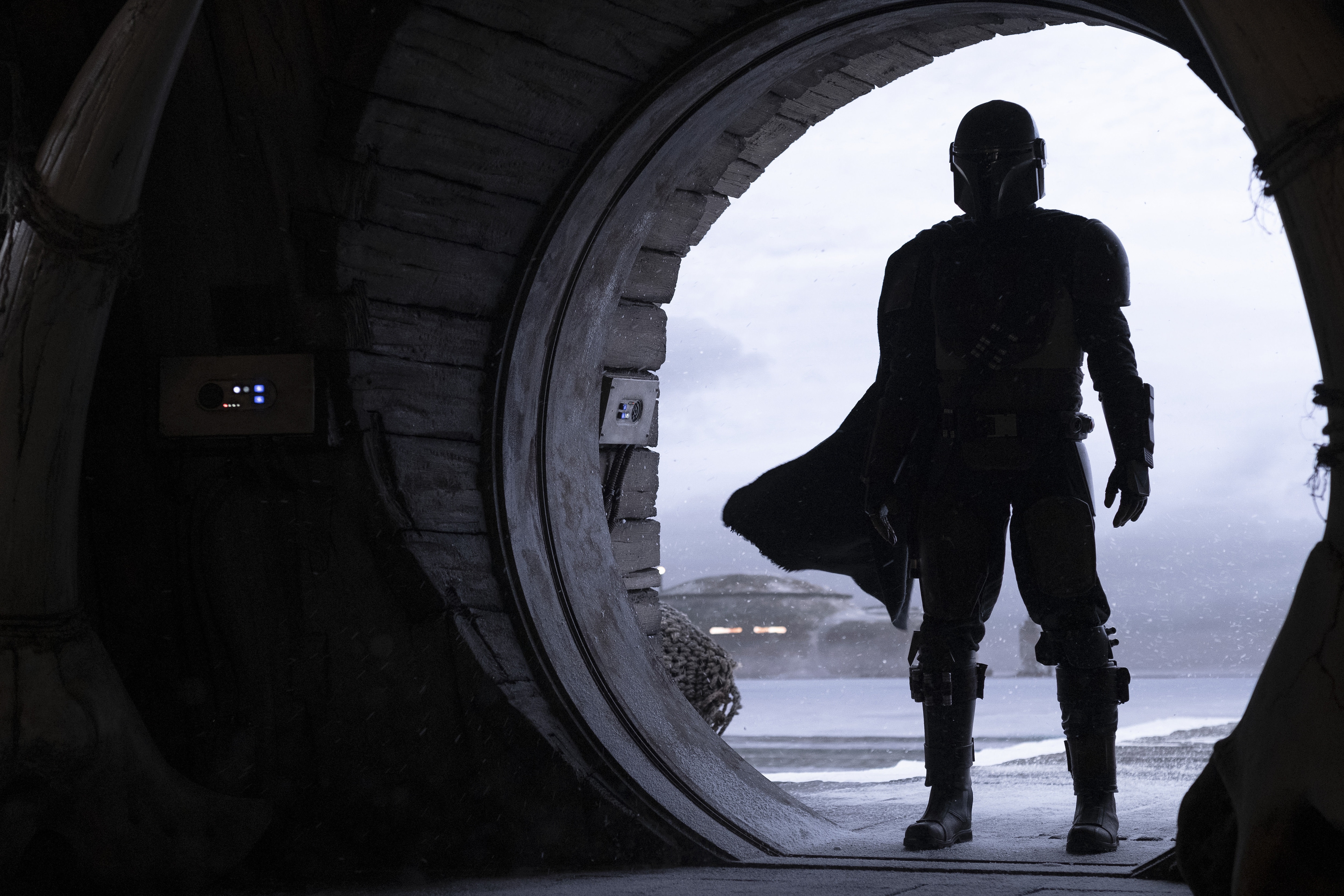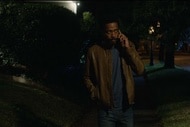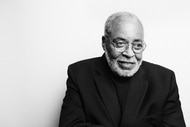Create a free profile to get unlimited access to exclusive videos, sweepstakes, and more!
How Jon Favreau gave The Mandalorian 'the darker, freakier side of Star Wars'

Jon Favreau's recent career has been dominated by massive Disney projects and the application of cutting edge filmmaking technology to the realm of digital production. With The Mandalorian, the Favreau-created first-ever live-action Star Wars series, he's bring digital production to a galaxy far, far away with the goal of making everything look and feel like our very first glimpses of the Star Wars galaxy.
Favreau is fresh off the success of The Lion King, a film featuring photorealistically animated characters which were manipulated by Favreau and his filmmaking team via a virtual set that they were able to move through and explore in real time, setting up shots and moving the "camera" as though they were on a practical movie set. Things are not that extreme on The Mandalorian, which is definitely a live-action series, but in a new interview with The Hollywood Reporter, Favreau explained that much of what he's learned about digital production was indeed applied to the show. This often took the form of "virtual walls," a way of growing the set by projecting an environment on screens behind the actors in real-time, rather than just putting up a green screen and adding the environment in later.
Through "virtual walls," Favreau was able to expand the scope and scale of The Mandalorian, increase the production values, and use technology in an attempt to recapture some of the classic feel that he's been after ever since he saw the first Star Wars film. In discussing why he chose to employ digital production rather than, say, take his crew on a trip to the desert, Favreau contrasted his approach with that of Star Wars: The Rise of Skywalker director J.J. Abrams.
"Every film is a puzzle, and there's a freedom that you have as a storyteller if you go to the real environment; it affects you and the human element. When you see Lawrence of Arabia, how much of that is informed by really being there and not shooting it in Calabasas — I think you get a different movie. The way I work and the stories I'm telling are geared specifically toward what this technology has to offer, so I could not make Episode IX using these tools," he said. "If you notice, there's a certain look that the Mandalorian lead character has, there's a size that the spaceship is, there's a scale that lines up with the original trilogy. I'm trying to evoke the aesthetics of not just the original trilogy but the first film. Not just the first film but the first act of the first film. What was it like on Tatooine? What was going on in that cantina? That has fascinated me since I was a child, and I love the idea of the darker, freakier side of Star Wars, the Mad Max aspect of Star Wars."
Favreau's journey into applying the latest in digital tools to a Star Wars story is, as THR pointed out to him in the interview, arriving 20 years after George Lucas did the same thing in The Phantom Menace, and while Favreau was quick to point out that the technology has come a long way since then, he also credited Lucas with blazing the trail.
"This is 20 years later, and also there's been a democratization of the skill set, too. It's no longer a few vendors innovating in ivory towers, that information has been expanded and disseminated and democratized so that effects that would cost you millions of dollars, you can do it on a PC now, with consumer-facing filmmaking tools," he said. "When George came to our set and visited The Mandalorian, he said, 'Oh, we did this,' and what he meant was, 'We had green screen and we were building small sets and expanding upon it.' Now, we have video walls, NVIDIA video cards that allow a refresh rate that allows you to do in-camera effects, we're in there taking advantage of the cutting-edge stuff."
The Mandalorian, a story following the scum and villainy of the Outer Rim in the years after Return of the Jedi, arrives this November on Disney+.


























